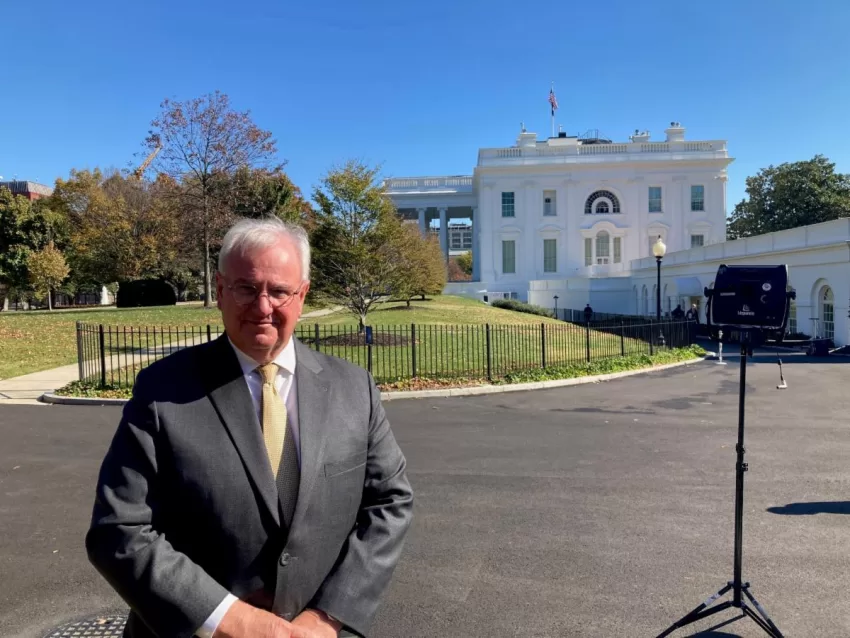| Oregon lawmakers voted four years ago to keep the state permanently on daylight saving time, eliminating the annual need to “fall back” an hour as the leaves change color and the air grows chillier. But at 2 a.m. on Sunday we changed our clocks again anyway.
On the West Coast, Oregon and Washington have passed measures to stay on daylight saving time. California voters approved a similar measure in 2018, but it failed to get legislative approval and then stalled again in 2022. In recent years, several states passed legislation to keep the clocks from changing but federal approval is required to make it official. Despite efforts made last year and again this year in Congress to adopt the bipartisan Sunshine Protection Act, the twice-yearly changing of the clocks still stands.
At times like this I get plenty of mail arguing we should shift either to daylight savings or standard time. I don’t have strong feelings about either. I just want to pick one!
Proponents argue that staying on daylight saving time means more sunshine later in the day with benefits that include:
- Improved traffic safety, including reduced collisions with animals in the dark
- Reduced risk of cardiac issues, stroke and seasonal depression
- A boost to overall economic activity and agriculture
- Reducing childhood obesity as kids exercise more after school
- Reduced energy usage
Some of those points have been debated, though, and sleep doctors say moving permanently to daylight saving time may not be good for people’s health. The American Academy of Sleep Medicine has argued that, if anything, Americans should stay on standard time.
Several states have enacted legislation to stop changing the clocks, but they’re also waiting for the U.S. Congress to act for that change to go into effect. Other states have legislation pending or failed, or have no recent proposals in the works. Arizona and Hawaii already do not change their clocks, but permanently remain on standard time.
Read more at OPB. |









